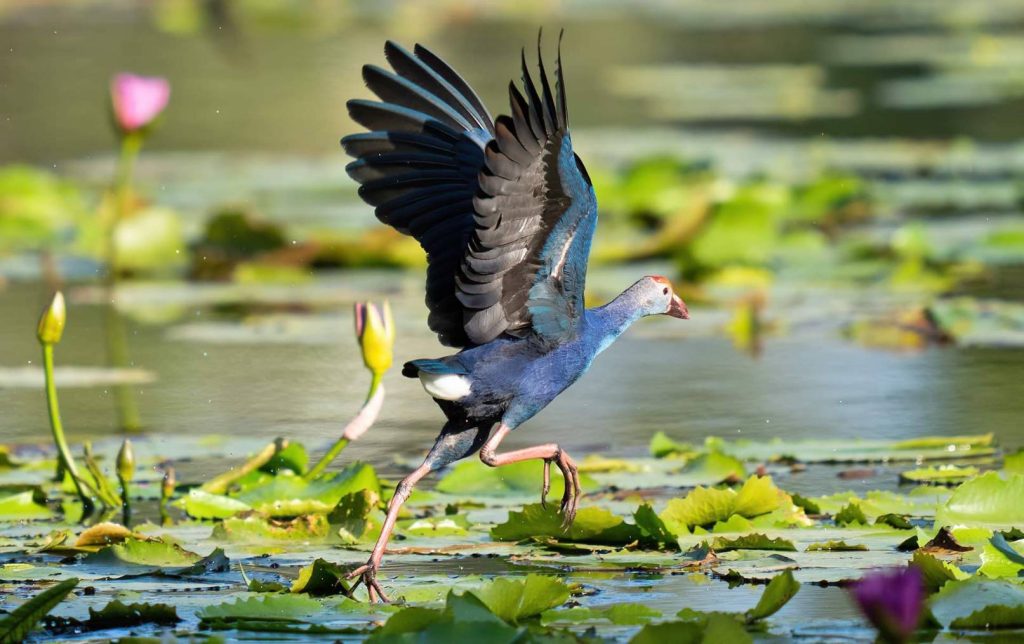More than just surrounded by nature, on our golf course we also have more than 120 bird species that you might possibly encounter while you are teeing. In August 2022, our sustainability team and AOT Phuket conducted the Quarter 3 bird observation at our Laguna golf course.
25 species have been found during this quarter and 138 birds have been counted during 3 hours of observation. The top three species found would be Chinese Pond, Heron, and Eurasian Hoopoe, etc. If you can’t imagine how they’re like, today we’d like to take you to explore more about the birds on the course and learn more about them at Laguna Golf Phuket with us.
Here is the list of 25 main bird species. Let’s get to know them together!
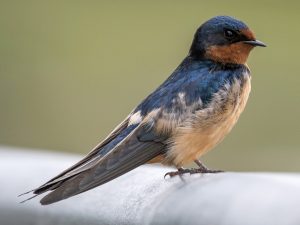 | 1.Barn Swallow its long, forked tail and dark rump with an Iridescent navy-blue above with a rich orange throat and forehead identify this lovely Barn Swallow. Typically nests close to human habitation; builds a muddy cup nest in a barn or under a dock. They are often seen in large fields and wetlands close to our Laguna Phuket Golf course. |
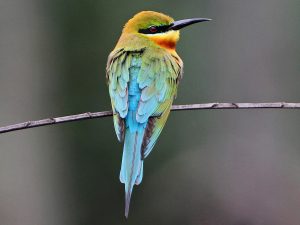 | 2.Blue-tailed Bee-eater Adult green overall, with blue tail, thin black mask, and rufous throat; bright rufous underwings visible in flight. frequently seen in flight or perched on exposed snags or telephone wires. While we observed we found that these little blue tail birds habits under the sandbanks in our golf courses! |
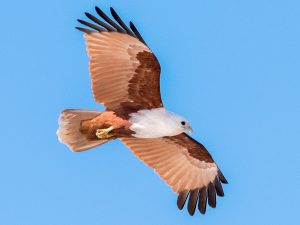 | 3.Brahminy Kite With a medium-sized raptor with a rounded tail that distinguishes from other kites. Adults are distinguished by a white head and breast that contrasts with the generally brick brown plumage. Juveniles have a deeper brownish-black color, with a lighter head and noticeable white patches under the wings. They are usually found with both inland and coastal wetlands in tropical Asia |
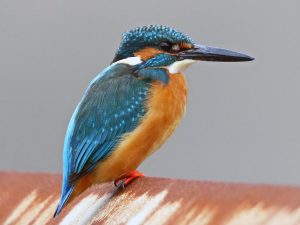 | 4.Common Kingfisher A pretty blue and orange bird with a long, pointed beak. Despite its colorful appearance, this bird is often quiet and modest. Most commonly seen around the golf course’s pond. They frequently perch quietly in trees above water, and are most frequently observed in extremely fast low flight as a blue flash over the lake, usually flying away. |
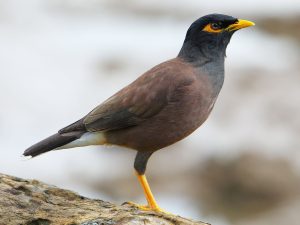 | 5.Common Myna Common myna, which can be found across Thailand, can also be easily found at each par of our golf course. They are sociable and commonly encountered in loud flocks, with a huge, black-and-brown myna with white wing patches, a yellow beak, and yellow legs. These birds can be described as aggressive when they regularly drive away other birds. |
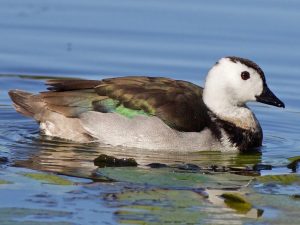 | 6.Cotton Pygmy-Goose A tiny duck, they are usually be seen swimming in the freshwater wetlands, including small ponds and farm dams, especially those extensive floating vegetation. This type of bird are easy to find around the golf course as they have many ponds and wetlands. |
 | 7.Eurasian Hoopoe “Hoopoopoo” this sound may reach your ears while you prepare to hit the golf ball. It’s the whistle of the Eurasian Hoopee bird which has the bright orange with zebra-stripped wings and a Chinese fan for a crown. It’s natural habitats is likely to be grassy lawns, where it can easily find their food on the ground. |
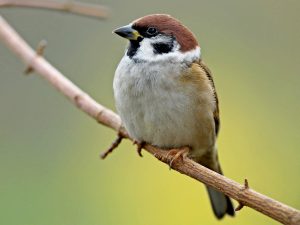 | 8.Eurasian Tree Sparrow This widespread Eurasian species is related to the House Sparrow. Smaller than the House Sparrow, having a fully rufous crown, black and white cheeks, and a limited amount of black in the neck. Usually seen in tiny loud groups, generally in more natural locations than the concrete-loving House Sparrow. |
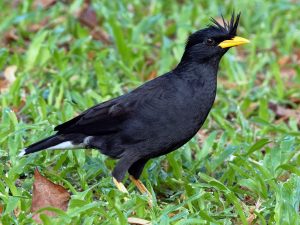 | 9.Great Myna The Black Myna is quite similar to the Common Myna, but the fancy crest and white tail serve to distinguish them from other mynas. They are most likely to live in open areas such as agricultural fields and large open spaces such as gardens. They frequently associate with the Common myna. |
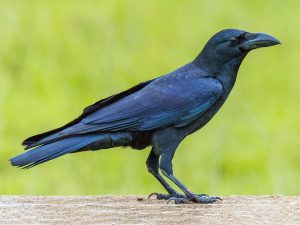 | 10.Large-billed Crow It has a relatively long tail, a daggerlike bill with a curved top, and also is entirely black with variable levels of glossiness. The size of a large crow varies. They eat largely carrion and leftover human food. The majority of their habitats are forests, urban landscapes, and agricultural fields, although we have also discovered them in huge fields such as our golf course. |
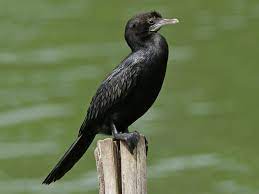 | 11.Little Cormorant is an all black ducklike waterbird with a distinctive flattish head and a bill that is sharply hooked at the tip. They often perches upright on a rock, drying itself with outstretched wings. Seen singly or in small groups in wetlands and pounds. |
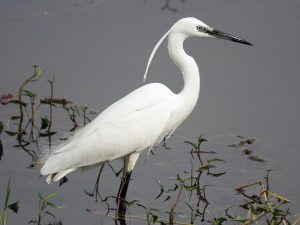 | 12.Little Egret Small snow-white heron with slender dark bill, blackish legs, and yellowish feet (“golden slippers”). It lives in a broad range of wetlands, including lakes, rivers, marshes, and estuaries. Occurs as individuals or small loose groups; communal nests and roosts. |
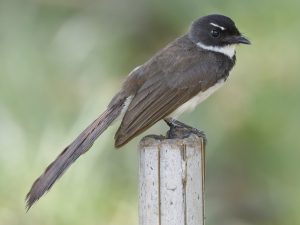 | 13.Malaysian Pied-Fantail “chee-wee-chee-wee-chee-wee-chit” Singing with high-pitched, squeaky voice, this bird call Malaysian Pied-Fantail. The dark above and white below; note slender white eyebrows, black chest band, and white-tipped black tail. Combination of all-white belly and plain back separates this species from similar dark fantails within its range, they are very active bird, often bobbing and fanning its tail. Frequently joins mixed-species flocks. |
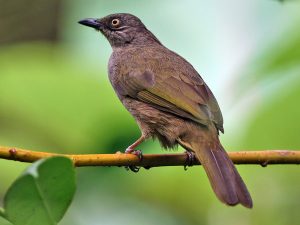 | 14.Olive-winged Bulbul Dull brown with gray-streaked ear coverts, red eyes, and olive-green panels on the wings, this type of bird are likely found on a large plain bulbul of lowland forests, edges, and mangroves. Their song is a simple series of bubbly warbling interspersed with sharper notes. |
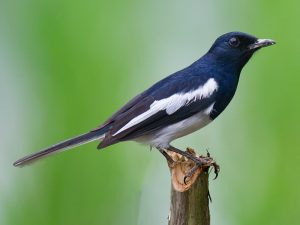 | 15.Oriental Magpie-Robin A medium-sized robin with a large white wingbar that runs from the shoulder to the wingtip. They have a large repertoire of melodic sounds and have been observed imitating other bird calls. A whistle emitted at dawn is the most usually heard call. Singing is most typically observed from a high exposed perch. These birds are usually encountered in agricultural regions, open forests, and gardens. |
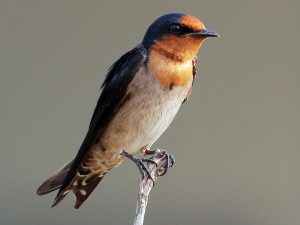 | 16.Pacific Swallow Common swallow of Southeast Asia and the Pacific, commonly seen in cities and towns as well as above fields, lakes, and woods. Similar to Barn Swallow, Pacific has larger outer tail feathers and a black stripe separating the neck and breast. Nests often on telephone wires, typically with other swallow species. |
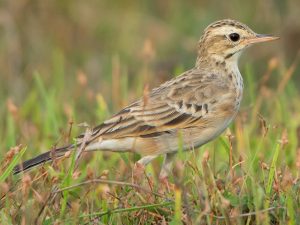 | 17.Paddyfield Pipit A sparrow-sized, a resident pipit with brown plumage that varies in tones in different parts of its range. It is common in open habitats such as wetlands, farms, fields, and even large parks. In Laguna Golf course, we commonly found them nearby the ponds. |
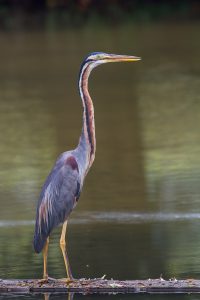 | 18.Purple Heron Large heron with a streaky neck and a rusty head. They thrive in fresh wetlands dominated by tall reeds and other plants. Often more reserved than the Gray Heron and rarely seen in public. Only the bigger and bulkier Gray Heron, which is lighter and grayer overall and has a stouter beak, is likely to be mistaken. |
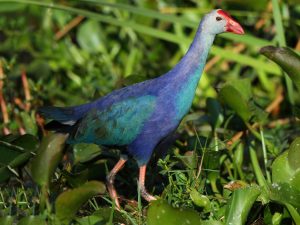 | 19.Purple Swamphen A large bluish-purple waterbird with a red bill and shield on the forehead, as well as red legs and feet with long toes. The tail is frequently flipped up, showing fluffy white “underpants.” A marshy, vegetated freshwater body dweller, generally in small groupings, such as swamps, rivers, and lakes. Feeds along muddy water borders, in reeds, and on floating plants, often awkwardly. They create brief nasal grunts and croaking sounds all the time. |
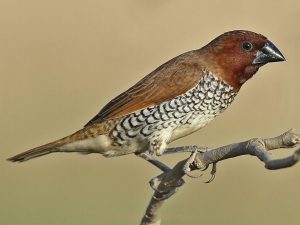 | 20.Scaly-breasted Munia Small songbird found in grasslands, gardens, fields, and agricultural regions. Scaly-breasted Munia are generally seen in small groups, occasionally mixed with other munia species. |
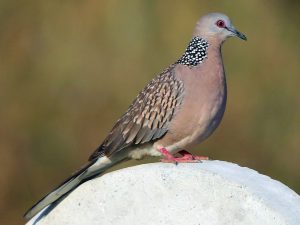 | 21.Spotted Dove A popular garden bird found in open woodlands, fields, and parks throughout most of Asia. They are frequently tame and friendly. They are distinguished by their brown overall coloration, red breast, and a distinctive white-spotted black nape patch. They are usually loud and frequently sing “coo-a-roooo.” |
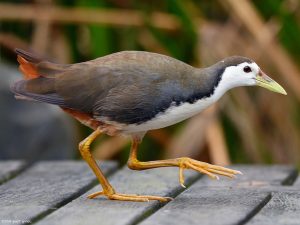 | 22.White-breasted Waterhen Medium-sized, fairly common chicken-like marsh bird found in grasslands, canals, riversides, wetlands, as well as parks and farms near humans. They are frequently observed feeding in the open. With a Remarkably variable song is a series of hooting, grunting, or rasping notes or phrases, repeated monotonously, often from an exposed perch. |
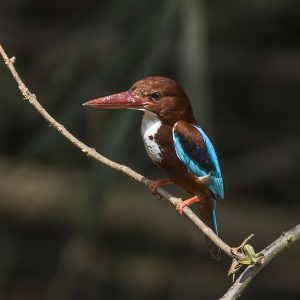 | 23.White-throated Kingfisher Large-headed brown kingfisher with electric-blue back and wings, a massive orange beak, and a snow-white patch from the throat to the breast. They are mostly s situated on wooden posts and telephone wires around ponds, lakes, agricultural areas. They are widespread both near and far from water. In flight, it makes loud, raptor-like descending trills and cackles. |
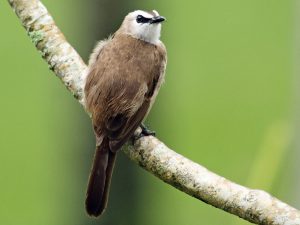 | 24.Yellow-vented Bulbul This charming songster, Southeast Asia’s most frequent urban bulbul, can be found in cities, parks, and gardens, as well as open forests. They are brown on top and pale on the bottom, with a brilliant yellow vent and a broad black line connecting the beak and the eye. Their thin, slightly peaked crest has a dark front line as well. This bird has a rolling, variable song as well as bubbly multiple-note sounds. |
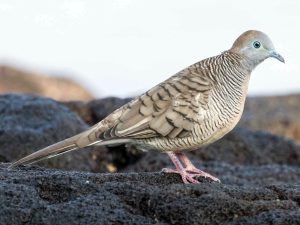 | Zebra Dove A little grayish brown dove with dark bars on the breast and back, as well as bare blue skin around the eye. Their song consists of a quick sequence of short “coos,” which are higher pitched and faster than Spotted Dove’s. They’re originally from Southeast Asia, but imported to numerous islands across the world, such as the Hawaiian Islands and French Polynesia. It is rather common across its native and non-native ranges, particularly in urban and suburban settings; it is rarely seen in deep woods. |
If you’re a bird fan and a golf lover, Join and visit us at Laguna Golf Phuket to enjoy our best golf courses in Thailand and appreciate this beautiful flying creature while teeing off the ball!

